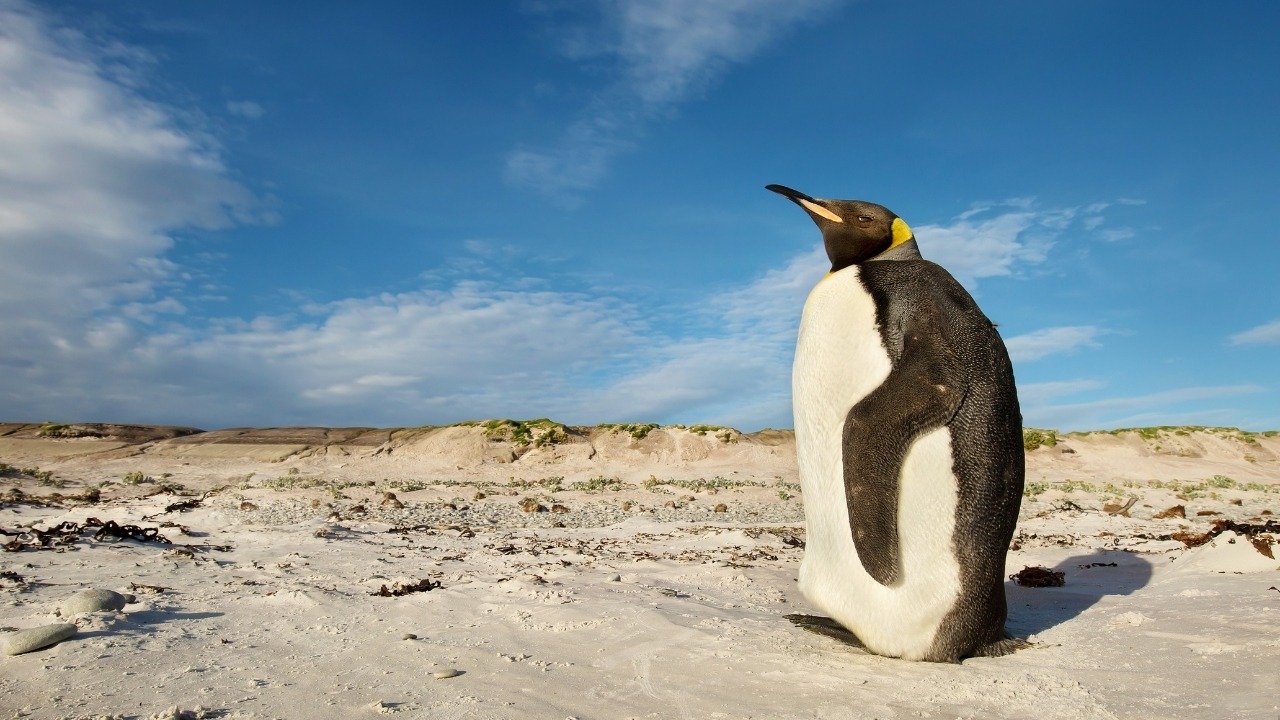Current and future consequences of climate change

The impact of climate change falls not only on the environment and other species, but also on human health, which is directly or indirectly affected by the decrease in water and air quality, mainly.
Climate change represents one of the greatest threats facing humanity. Its effects are already observable in the environment and threaten our survival as a species.
In the last decade alone nearly 475,000 people died worldwide as a direct consequence of more than 11,000 climate change-related weather events; in 2019 the economic losses caused by such catastrophes amounted to some $2.56 trillion according to Germanwatch’s Global Climate Risk Index (CRI) 2021.
Environmental impact of the climate change
- Global warming has caused the melting of the poles and glaciers, resulting in the loss of some 9.6 billion tons of ice mass.
- The volume of water increases as it warms. The combination of this plus the previous point causes a rise in sea level, which in turn causes flooding and soil erosion.
- Storms, hurricanes, cyclones and other devastating meteorological phenomena are increasingly frequent and cause flooding, human and animal losses, as well as material and economic losses.
- There are increasingly longer heat waves, forest fires and droughts.
- Soil desertification reduces biological diversity.
- Ecosystems are changing; some are becoming drier regions that make them vulnerable to droughts and fires, while others are becoming wetter and colder.
- Death, migration and extinction of animal species. In the case of the ocean, many animal species are perishing due to plastic pollution and oil spills.
- Acidification and water pollution due to the concentration of carbon dioxide (CO2) in the air.
- Alteration in the water cycle, which produces erosion and a decrease in the filtration of the liquid into the soil.
- Depletion of natural resources necessary for life.
Risks to human health
The warm climate increases the distribution and survival of certain pathogenic agents. Health risks include: infectious diseases such as cholera and schistosomiasis, among other diarrhea; aggravation of respiratory ailments such as asthma and allergies; outbreaks of diseases such as dengue fever and malaria; increased cardiopulmonary mortality due to the high atmospheric concentration of ozone; malnutrition due to lack of resources; epidemics and pandemics; as well as heat stroke.
Future projections
According to NASA, the magnitude of climate change in the coming years will depend on the amount of greenhouse gases emitted on a global scale; however, the United Nations (UN) has repeatedly warned of the urgency of reducing these agents to a zero level. If we fail to do so, we face an increase of up to 5 degrees Celsius by the end of the century, which, although it seems small, could be devastating.
For example, glacier ice loss has increased dramatically over the past 30 years and currently amounts to 335 billion tons of ice mass lost each year, resulting in Arctic winter temperatures rising by up to 5 degrees Celsius by 2050 and up to 9 degrees by 2080.
Glacier melt contributes 25% to 30% of the observed sea level rise. Sea level is expected to rise by 1 to 4 feet by the end of the century. Over the next few decades, storms and high tides could combine with this rise to increase flooding in many regions.
This will extend beyond the year 2100 as ocean waters continue to warm and sea level will continue to rise at rates at or above those of this century.
On the other hand, about 5,200 animal species could disappear from the face of the Earth. Currently, about 34% of fish, 25% of amphibians and mammals, 20% of reptiles, and 11% of birds are in danger of extinction, according to data from the International Union for Conservation of Nature (IUCN).
















